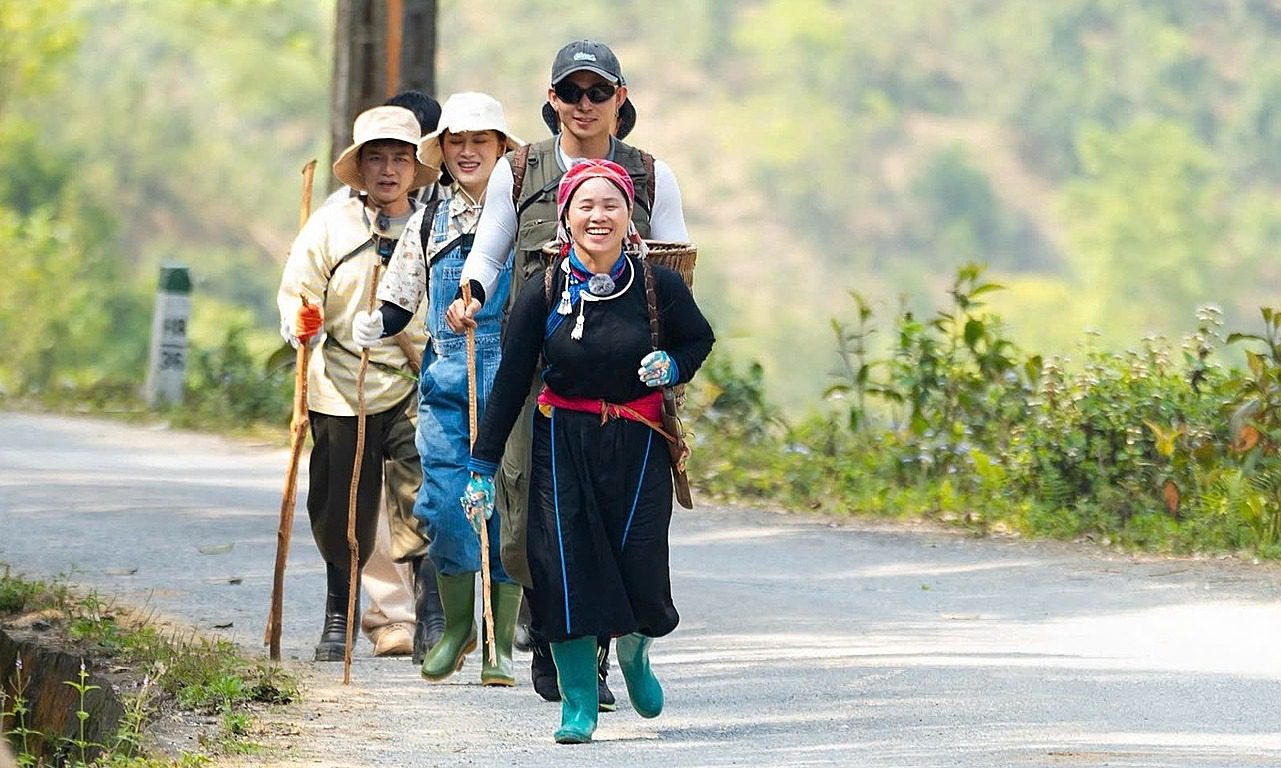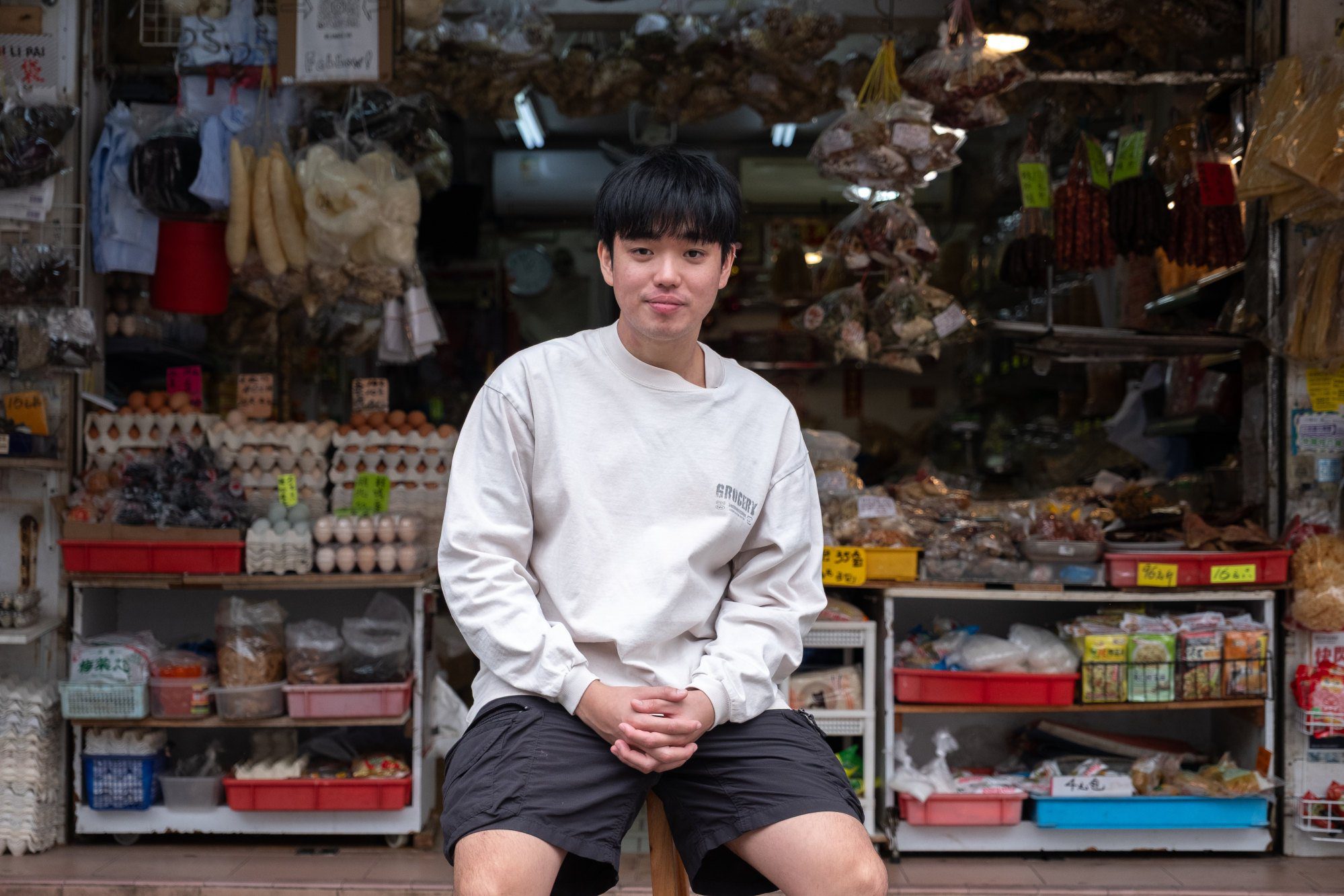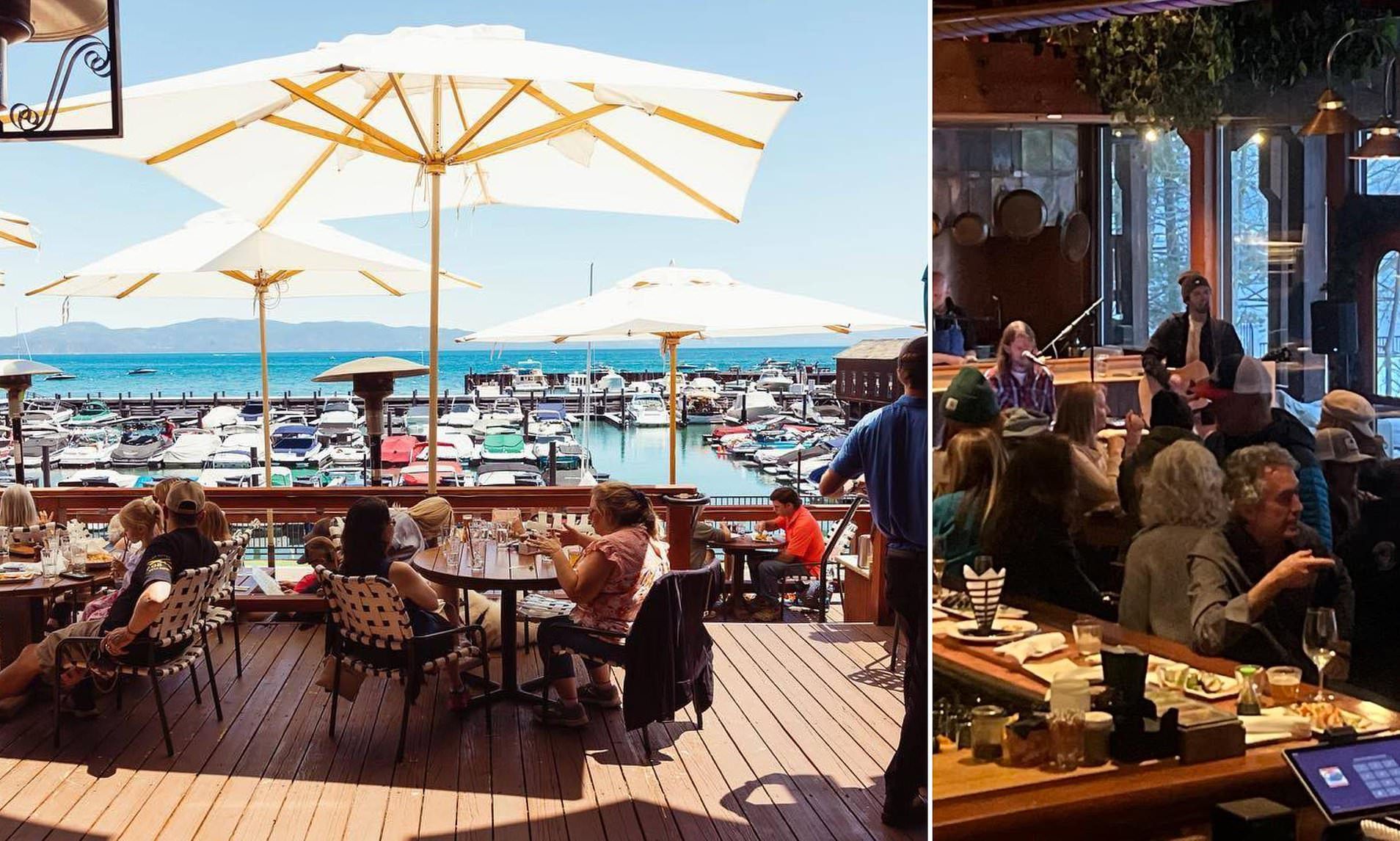A Journey of Cultural Preservation and Sustainable Tourism
Thong, an ethnic Tay woman from a remote village in northern Vietnam, has transformed her family’s farm-based homestay into a social media sensation. After running Ban Lien Pine Homestay for six years, she found herself at the center of attention, drawing visitors from all over the world. The homestay, located 20 kilometers from Bac Ha Town in Lao Cai Province, is 300 kilometers northwest of Hanoi.
For the first time in six years, Thong’s homestay was fully booked for three consecutive months. “We couldn’t keep up with the booking messages,” she recalls. This surge in interest came after her homestay was chosen as a filming location for a Vietnamese reality TV show. When the show aired in July, Thong’s daily life videos gained millions of views, turning her into a local celebrity.
During the filming, Thong didn’t realize how famous the guests were. “I didn’t think much of it during filming,” she says. However, the sudden spotlight brought not only joy but also a flood of bookings. Her homestay was fully booked from July to September, even on weekdays. Despite this, Thong and her family maintain a sustainable pace, hosting for three days and taking two days off.
Pham Hoang Long, a visitor from Hanoi, stayed at the homestay in June. He praised the place as a healing escape, highlighting the fresh air, great views, and tea. What made it special, according to him, was Thong’s hospitality. She cooks well, plays the leaf flute, and offers unique tours involving hat weaving, fishing, and tea-making. “I would return if I could get a room,” he said.
Thong and her husband launched the homestay in 2019 as part of a sustainable rural tourism program. Four other families participated in the initiative, which included training in guest services, safe cooking, and homestay management. Each participant received a loan of VND50 million ($1,911) to support their efforts.
In a 100-square-meter stilt house, Thong set aside seven dorm rooms and one private room to accommodate 20 guests. Her rates start at VND150,000 ($5.70) per person per night. While tourism offers a more comfortable life than farming, Thong’s family still tends to its rice fields and incorporates farm chores into the guest experience. This allows visitors to gain a deeper understanding of local life.
Thong believes that hospitality is hard work, but meeting people from all over makes it enjoyable. “Eighty percent of our guests prefer to follow our daily routine. Whatever we eat, they eat, whatever we do, they join,” she explains. Some guests find the farm work challenging and stop midway, so the family brings in extra help when needed. Riskier tasks are skipped, and all guests are briefed and asked to sign a waiver beforehand.
Activities like picking vegetables or transplanting rice usually take half a day or more. For four to five different experiences, the cost ranges from VND400,000 to 500,000 per group ($15 – $19). Visitors can try catching fish, an activity that adds to the immersive experience.
Despite the added responsibilities, Thong sees tourism as a way to preserve cultural traditions and earn a steady income. Her day starts at 4 or 5 a.m., and she works well past midnight. Before sunrise, she heads out to the field while her guests are still asleep. By 7 a.m., she is back in the kitchen, making breakfast. Her husband takes over cooking, their daughter helps when she can, and when big groups arrive, neighbors pitch in, though Thong insists on guiding the guests herself.
Even with her growing popularity, Thong remains committed to sustainable tourism. She avoids overbooking, maintaining a pace her family can manage. When demand exceeds capacity, she refers guests to other families in the village, ensuring the benefits of tourism are shared across the community.
At 39, Thong continues farming, hosting, and learning new skills to improve her tourism offerings. She believes in building a tourism model that sustains her highland culture. “Tourism will only last if the whole village shares in it, and stays true to who we are,” she says.










